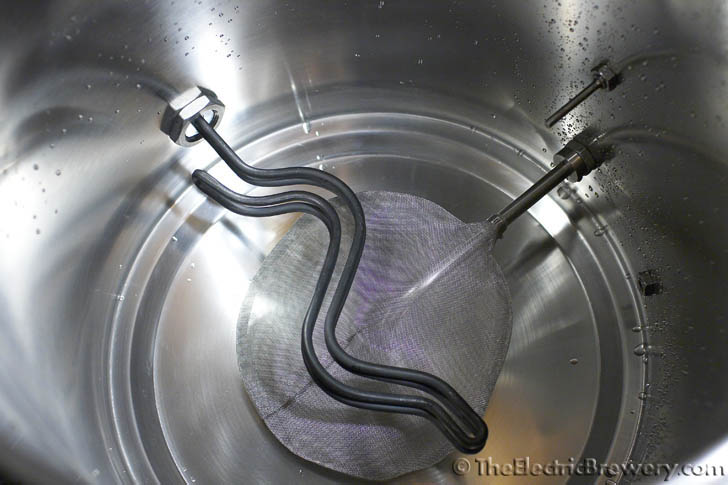CodeRage
Death by Magumba!
Jason; i've been told the stainless version goes for $145, not a clue on the plastic ones that are rated to176*F.
My only question would be foam causing a false trigger or lack of.
I dont think it would affect.
IIRC they work using refraction and reflection and though foam and bubbles would alter the refractive index it wouldn't be much. Once the lens is fully submerged the refractive index will change greatly, possibly changing the light reflected within the lens.
If you can get an analog signal out of these things it might be possible to measure SG. Thats another topic though.


 . Funny that I move away from SD right before it becomes one of the biggest brewing meccas in the country :sigh:
. Funny that I move away from SD right before it becomes one of the biggest brewing meccas in the country :sigh:


































![Craft A Brew - Safale BE-256 Yeast - Fermentis - Belgian Ale Dry Yeast - For Belgian & Strong Ales - Ingredients for Home Brewing - Beer Making Supplies - [3 Pack]](https://m.media-amazon.com/images/I/51bcKEwQmWL._SL500_.jpg)

